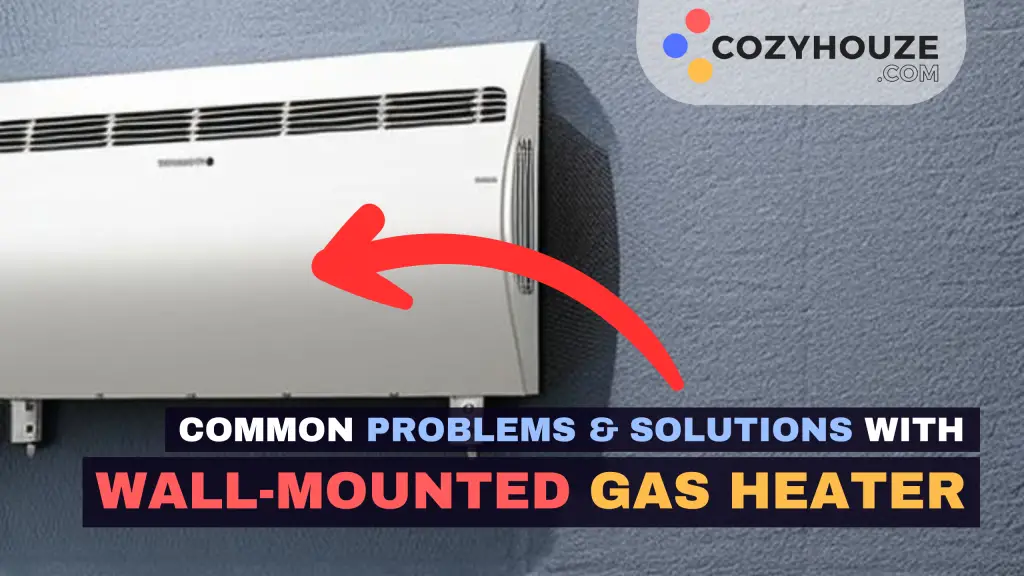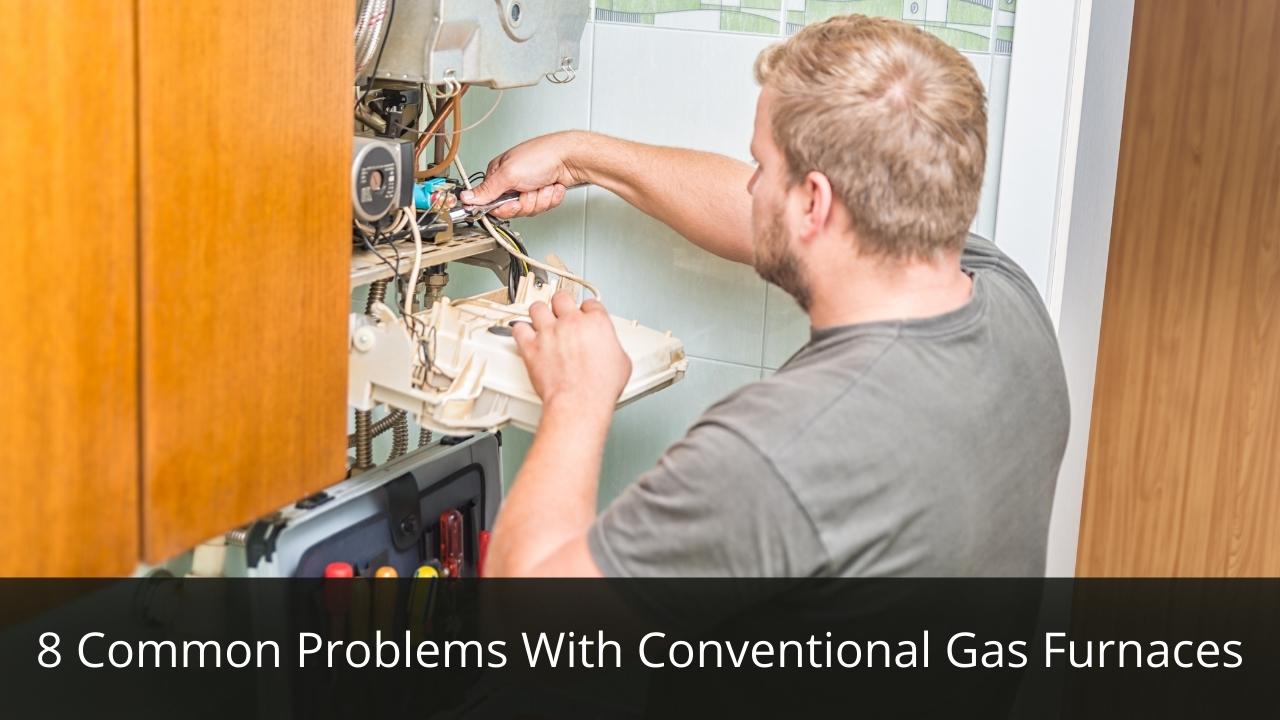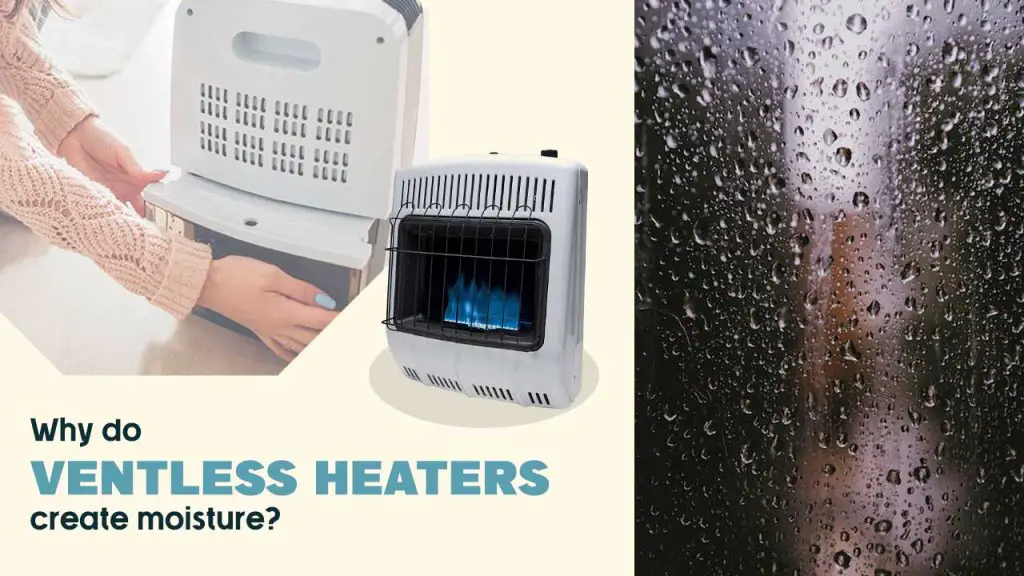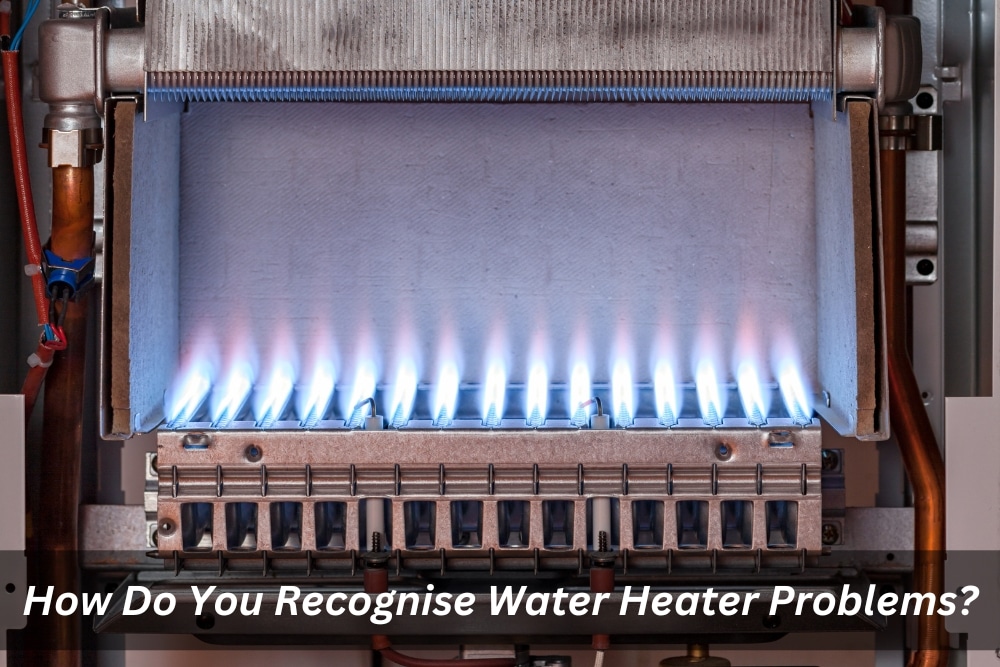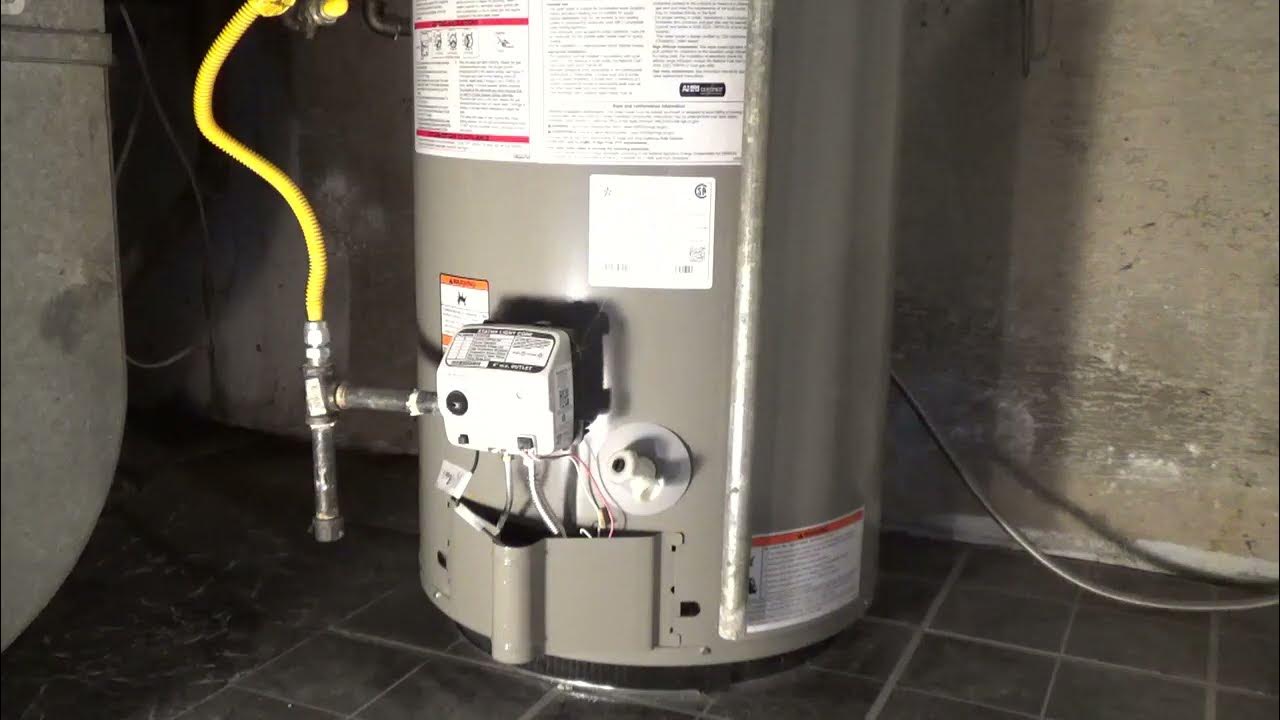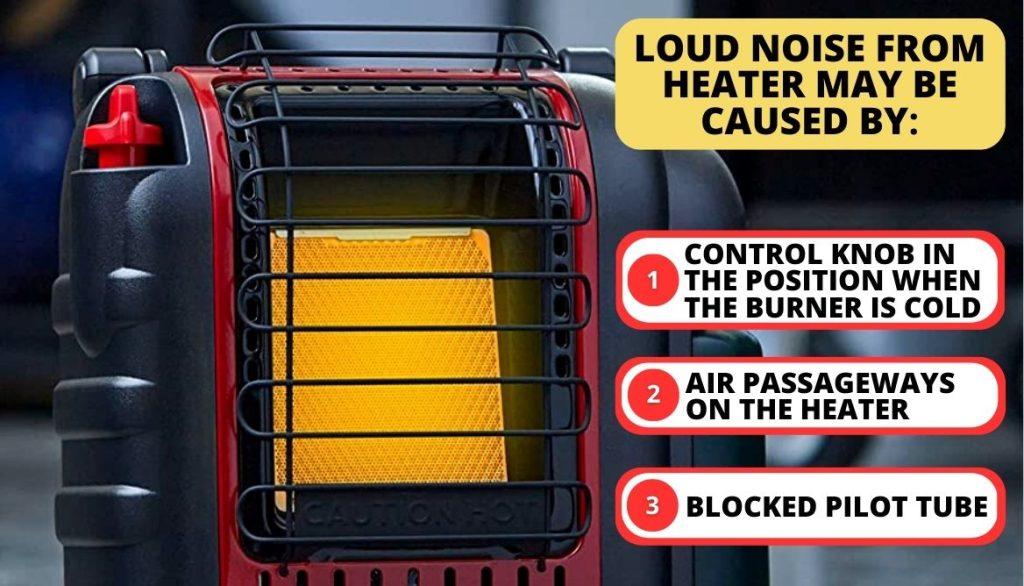Gas Heater Problems Solutions

Gas heaters provide warmth and comfort during cold weather, but like any appliance, they can experience problems. Understanding common issues and their solutions can save you money and ensure your heater operates safely and efficiently. This guide covers various gas heater problems, their potential causes, and practical solutions.
Safety First: Gas Leak Precautions
Safety is paramount when dealing with gas appliances. If you suspect a gas leak, take the following steps immediately:
- Evacuate: Leave your home or building immediately.
- Do Not Use Electronics: Avoid using light switches, phones, or any electronic device that could create a spark.
- Call the Gas Company: From a safe location, call your local gas company or emergency services.
- Ventilate: Once authorities have declared it safe, ventilate the area thoroughly.
Never attempt to repair a gas leak yourself. Contact a qualified professional for leak detection and repair.
Common Gas Heater Problems and Solutions
1. No Heat or Insufficient Heat
One of the most frustrating problems is a gas heater that fails to produce heat or provides insufficient warmth. Several factors can contribute to this issue:
- Pilot Light Issues:
- Problem: A pilot light that won't light or stays lit.
- Cause: A dirty or clogged pilot light orifice, a faulty thermocouple, or a weak gas supply. Think of the pilot light as the "ignition key" for your heater; if it's not working, the main burner won't ignite.
- Solution: Try cleaning the pilot light orifice with a small wire. If that doesn't work, the thermocouple might need replacement. A faulty thermocouple prevents the gas valve from staying open, shutting off the gas supply to the pilot light. If you're uncomfortable working with gas lines, call a professional.
- Faulty Thermostat:
- Problem: The thermostat isn't accurately reading the room temperature or isn't signaling the heater to turn on.
- Cause: A malfunctioning thermostat sensor, incorrect calibration, or wiring issues.
- Solution: Check the thermostat batteries (if applicable) and replace them if needed. Ensure the thermostat is set to "heat" mode and the desired temperature is higher than the room temperature. If the problem persists, consider replacing the thermostat. Digital thermostats can sometimes require a reset. Consult the manufacturer's instructions.
- Dirty Air Filter:
- Problem: Restricted airflow due to a clogged air filter.
- Cause: A dirty air filter restricts airflow, making the heater work harder and reducing its efficiency. It's like trying to breathe through a stuffed nose.
- Solution: Replace the air filter regularly, typically every 1-3 months, depending on usage and air quality. A clean air filter improves airflow, enhances heating efficiency, and extends the lifespan of your heater.
- Gas Supply Issues:
- Problem: Insufficient gas supply to the heater.
- Cause: A closed or partially closed gas valve, a problem with the gas regulator, or issues with the gas meter.
- Solution: Ensure the gas valve to the heater is fully open. Check the gas regulator for any visible damage or leaks. If you suspect a problem with the gas meter, contact your gas company immediately.
- Flame Sensor Problems:
- Problem: The heater lights briefly but then shuts off.
- Cause: A dirty or faulty flame sensor. The flame sensor detects the presence of a flame and signals the control board to keep the gas valve open. If the sensor doesn't detect a flame, it shuts off the gas as a safety precaution.
- Solution: Clean the flame sensor with fine steel wool or sandpaper. If cleaning doesn't work, the sensor may need to be replaced. This is usually a relatively inexpensive repair.
2. Unusual Noises
Strange noises coming from your gas heater can indicate various problems:
- Banging or Popping:
- Cause: Often caused by expanding and contracting ductwork due to temperature changes. It can also be due to delayed ignition of the burners.
- Solution: Ensure ductwork is properly insulated and supported. If the noise persists, contact a professional to inspect the burners and gas pressure.
- Rattling:
- Cause: Loose panels, screws, or debris inside the heater.
- Solution: Tighten any loose screws or panels. Turn off the heater and carefully inspect for any debris that may be causing the rattling.
- Whistling:
- Cause: Restricted airflow, often due to a dirty air filter or blocked vents.
- Solution: Replace the air filter and ensure all vents are open and unobstructed.
- Grinding:
- Cause: Usually indicates a problem with the blower motor. The motor bearings may be worn out or the motor itself may be failing.
- Solution: Turn off the heater immediately. Contact a professional to inspect the blower motor and potentially replace it. Continuing to run the heater with a grinding blower motor can cause further damage.
3. Pilot Light Issues (Detailed)
As mentioned earlier, pilot light problems are common. Here's a more detailed look:
- Pilot Light Won't Light:
- Cause: No gas supply to the pilot light, a clogged pilot light orifice, or a faulty igniter.
- Solution: Check the gas valve is open. Clean the pilot light orifice. If your heater has an electronic igniter, ensure it's functioning correctly. If not, the igniter may need replacement.
- Pilot Light Goes Out Frequently:
- Cause: A weak thermocouple, a dirty pilot light orifice, or drafts.
- Solution: Replace the thermocouple. Clean the pilot light orifice. Shield the pilot light from drafts.
- Pilot Light is Yellow or Orange:
- Cause: Incomplete combustion, often due to a lack of oxygen or a dirty burner. A blue flame is the desired color.
- Solution: Ensure adequate ventilation. Clean the burner assembly. If the problem persists, contact a professional as it could indicate a more serious issue like carbon monoxide production.
4. Carbon Monoxide Concerns
Carbon monoxide (CO) is a colorless, odorless, and deadly gas. It's a byproduct of incomplete combustion in gas appliances.
- Symptoms of CO Poisoning: Headache, dizziness, nausea, fatigue, confusion, and loss of consciousness.
- Prevention:
- Install CO Detectors: Install CO detectors on every level of your home, especially near sleeping areas. Test them regularly.
- Regular Maintenance: Have your gas heater inspected and serviced annually by a qualified technician.
- Visual Inspection: Look for signs of incomplete combustion, such as a yellow or orange flame, soot around the heater, or moisture on windows.
- If a CO Detector Alarms: Evacuate the building immediately and call emergency services.
5. Short Cycling
Short cycling refers to a heater that turns on and off frequently, without reaching the desired temperature. This can lead to increased energy bills and premature wear and tear on the heater.
- Cause: Oversized heater, a malfunctioning thermostat, restricted airflow, or a dirty flame sensor.
- Solution: Ensure your heater is properly sized for your home. Check and replace the thermostat if necessary. Clean or replace the air filter. Clean the flame sensor. If the problem persists, a professional may need to diagnose and repair the control board.
6. Gas Odor
Any gas odor, even a faint one, should be treated as a serious concern. As previously mentioned, prioritize safety and evacuate the premises if you suspect a gas leak.
7. Blower Fan Problems
The blower fan circulates heated air throughout your home. If it's not functioning properly, you may experience uneven heating or no heat at all.
- Cause: A faulty blower motor, a broken belt (in some older models), or a blocked blower wheel.
- Solution: Inspect the blower motor for any signs of damage. If the belt is broken, replace it. Clean the blower wheel to remove any debris. A professional should inspect and repair or replace a faulty blower motor.
When to Call a Professional
While some gas heater problems can be addressed with DIY solutions, others require the expertise of a qualified HVAC technician. Call a professional if:
- You suspect a gas leak.
- You are uncomfortable working with gas lines or electrical components.
- You cannot diagnose the problem yourself.
- The problem involves complex repairs, such as replacing the gas valve or control board.
- You suspect carbon monoxide poisoning.
Preventative Maintenance
Regular preventative maintenance can significantly reduce the risk of gas heater problems and extend the lifespan of your appliance. Consider the following:
- Annual Inspection: Schedule an annual inspection and tune-up by a qualified HVAC technician.
- Air Filter Replacement: Replace the air filter every 1-3 months.
- Clean Burners: Periodically clean the burner assembly to remove dirt and debris.
- Check Vents: Ensure all vents are open and unobstructed.
- Carbon Monoxide Detectors: Test your CO detectors regularly and replace them according to the manufacturer's instructions.
By understanding common gas heater problems, their solutions, and the importance of preventative maintenance, you can keep your home warm and safe throughout the heating season. Remember, when in doubt, always consult a qualified professional.
